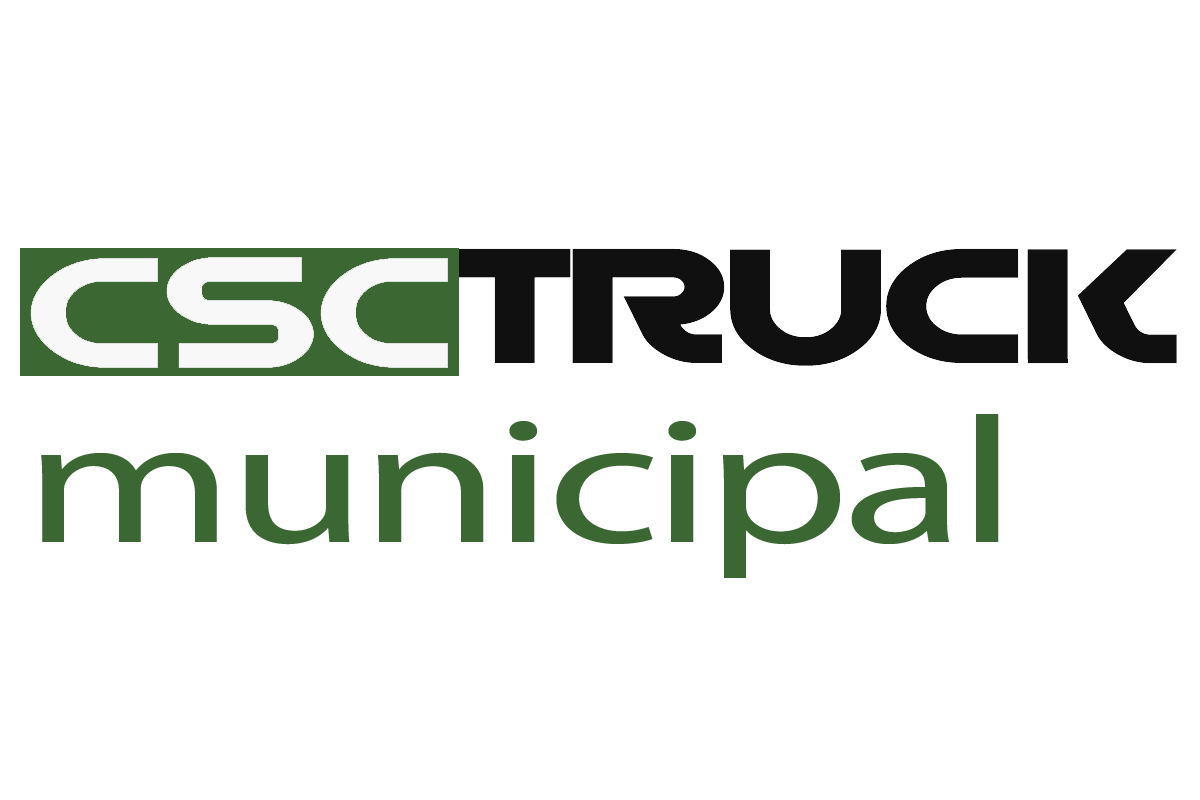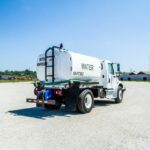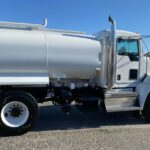Water spray trucks, also known as water tank trucks or water bowsers, are versatile vehicles used for a wide range of applications. From dust control on construction sites to fire suppression in emergencies, these vehicles play a crucial role in maintaining safety and environmental standards. In this article, we will explore the various uses of water spray trucks and provide a step-by-step guide on how to operate them effectively.
Understanding Water Spray Trucks
Water spray trucks are specialized vehicles equipped with a large water tank, a powerful pump, and a spray system. The primary purpose of these trucks is to carry and distribute water or other fluids to address various needs. They come in different sizes, ranging from compact units suitable for urban applications to large trucks used in industrial settings.
Here are some common applications of water spray trucks:
1. Dust Control: On construction sites, particularly in arid regions, dust can become a significant problem. Water spray trucks are employed to dampen the area, reducing airborne dust particles and promoting a safer working environment.
2. Fire Suppression: Water spray trucks are essential tools in firefighting. They can carry a large volume of water to extinguish fires, especially in areas where a water supply is limited or unavailable.
3. Agriculture: In farming, water spray trucks are used to irrigate crops and control soil moisture levels. They can also be used to apply pesticides or fertilizers.
4. Road Maintenance: Road authorities use water spray trucks for various maintenance tasks, such as cleaning road surfaces, filling potholes, and repairing asphalt.
5. Municipal Services: Water trucks play a role in maintaining public spaces by watering gardens, parks, and other outdoor areas.
6. Waste Management: In some cases, water spray trucks are used to suppress odors and control dust at waste disposal sites.
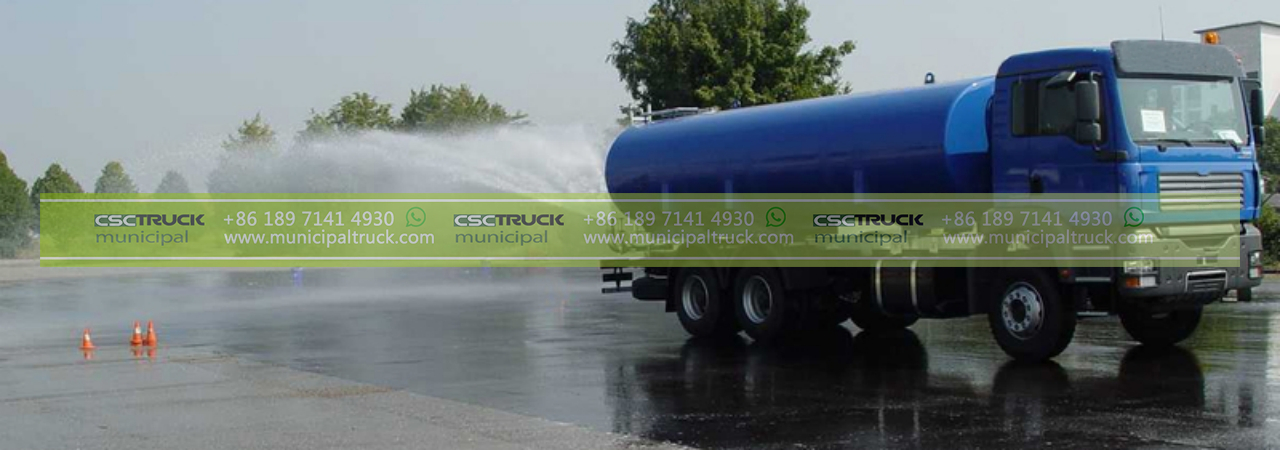
Operating a Water Spray Truck
Operating a water spray truck requires proper training and a good understanding of the vehicle’s components and functions. Here’s a step-by-step guide on how to use a water spray truck effectively:
1. Pre-Inspection
Before operating the water spray truck, conduct a thorough pre-inspection to ensure that the vehicle is in good working condition. This includes checking the following:
– Water Tank: Ensure the tank is clean, free from debris, and has no leaks.
– Pump System: Verify that the pump and all associated components are functioning properly.
– Hoses and Nozzles: Inspect hoses and nozzles for damage or blockages.
– Tires and Brakes: Check tire pressure and the condition of the brakes.
– Fluid Levels: Confirm that the engine oil, coolant, and fuel levels are sufficient.
– Safety Equipment: Ensure that all safety equipment, including fire extinguishers and first aid kits, is present and in good condition.
2. Filling the Water Tank
Determine the amount of water needed for the specific task. Water can be sourced from various places, including hydrants, rivers, ponds, or other water sources. Use a compatible hose to fill the water tank. Take care to ensure that the water is clean and safe for use, especially in agricultural applications.
3. Starting the Engine
Once the water tank is filled, start the engine of the water spray truck. Allow it to run until it reaches the desired operating temperature. This is essential for maintaining the efficiency of the pump system.
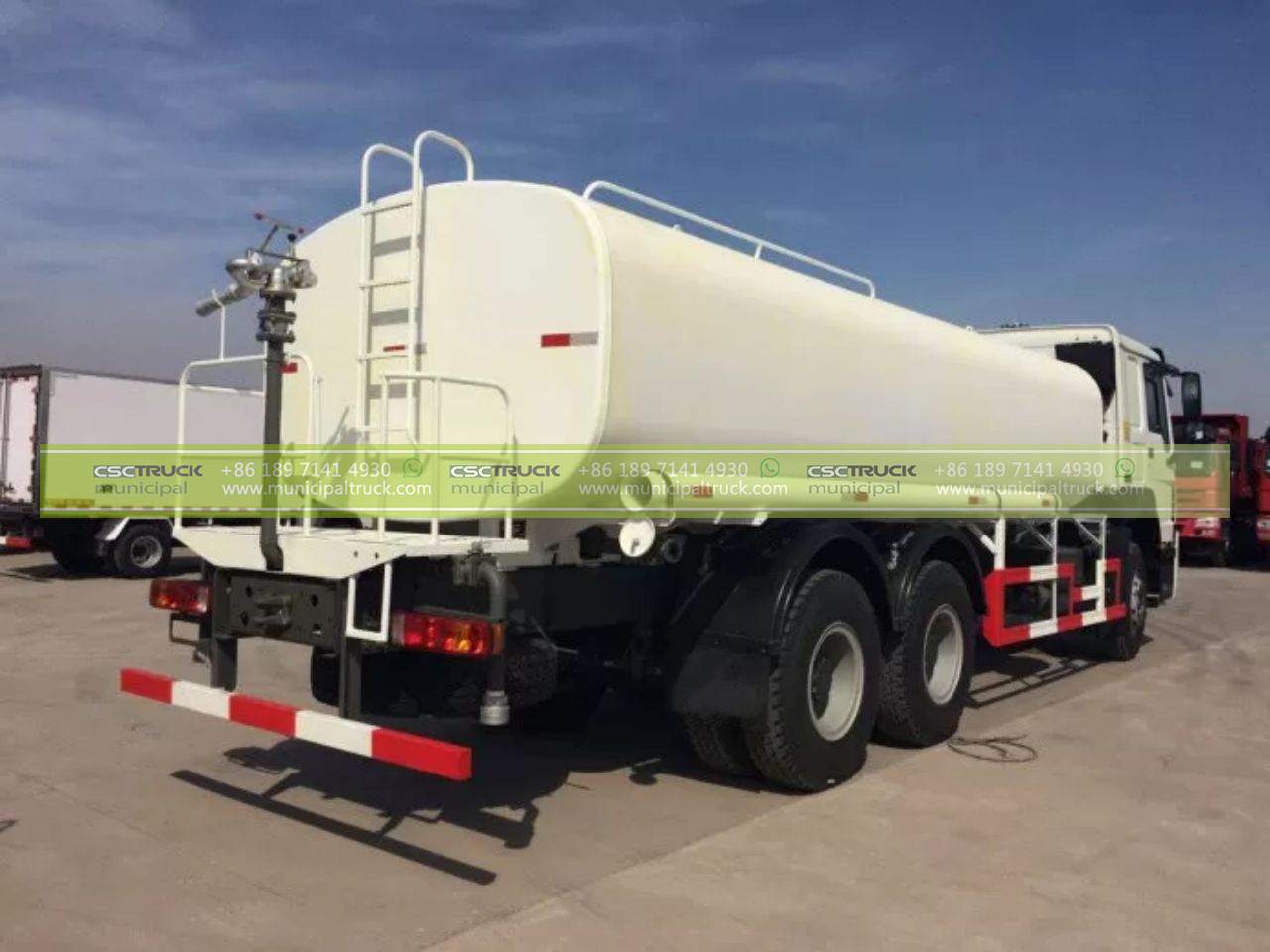
4. Setting the Flow Rate
The flow rate of water can be typically adjusted using the controls on the truck. The flow rate will depend on the specific application. For dust control, you may use a lower flow rate, while fire suppression will require a higher flow rate. Be sure to refer to the manufacturer’s guidelines for the recommended flow rates for different purposes.
5. Positioning the Vehicle
Drive the water spray truck to the desired location for application. Make sure the vehicle is safely parked and positioned to cover the target area effectively.
6. Activating the Spray System
Engage the spray system by activating the pump. This will pressurize the water in the tank and allow it to be sprayed through the nozzles. Adjust the angle and pattern of the spray nozzles to ensure even coverage of the target area.
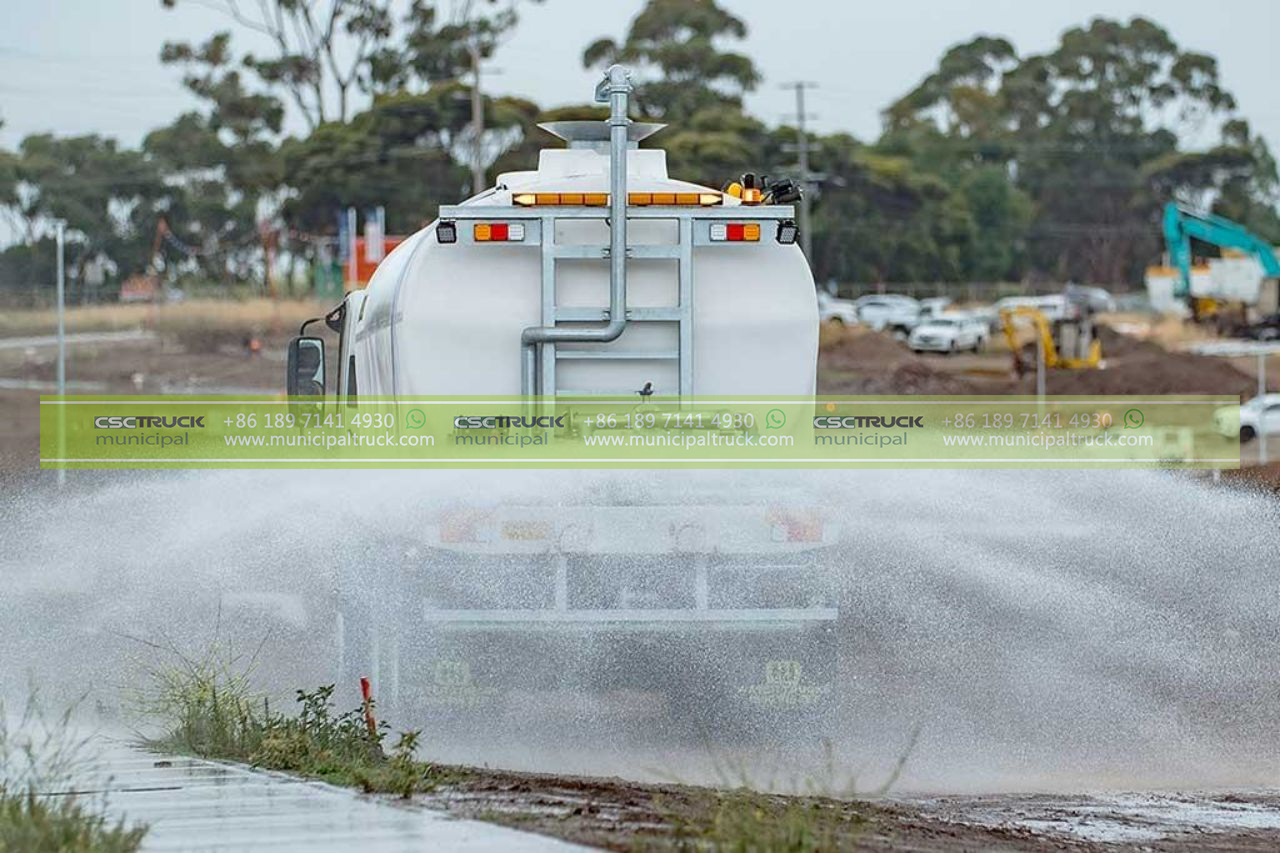
7. Monitor and Adjust
As you apply water, continuously monitor the application and adjust as necessary. Keep an eye on the water tank‘s level to ensure it does not run out during operation. If the truck is equipped with a remote control system, it can make it easier to make real-time adjustments to the spray pattern and flow rate.
8. Shutting Down the System
Once the task is complete, turn off the spray system and the pump. Make sure that all nozzles are properly cleaned and stowed away.
9. Draining the Tank (If Necessary)
If the water in the tank is not needed for future tasks, drain it appropriately to prevent stagnation and damage to the tank.
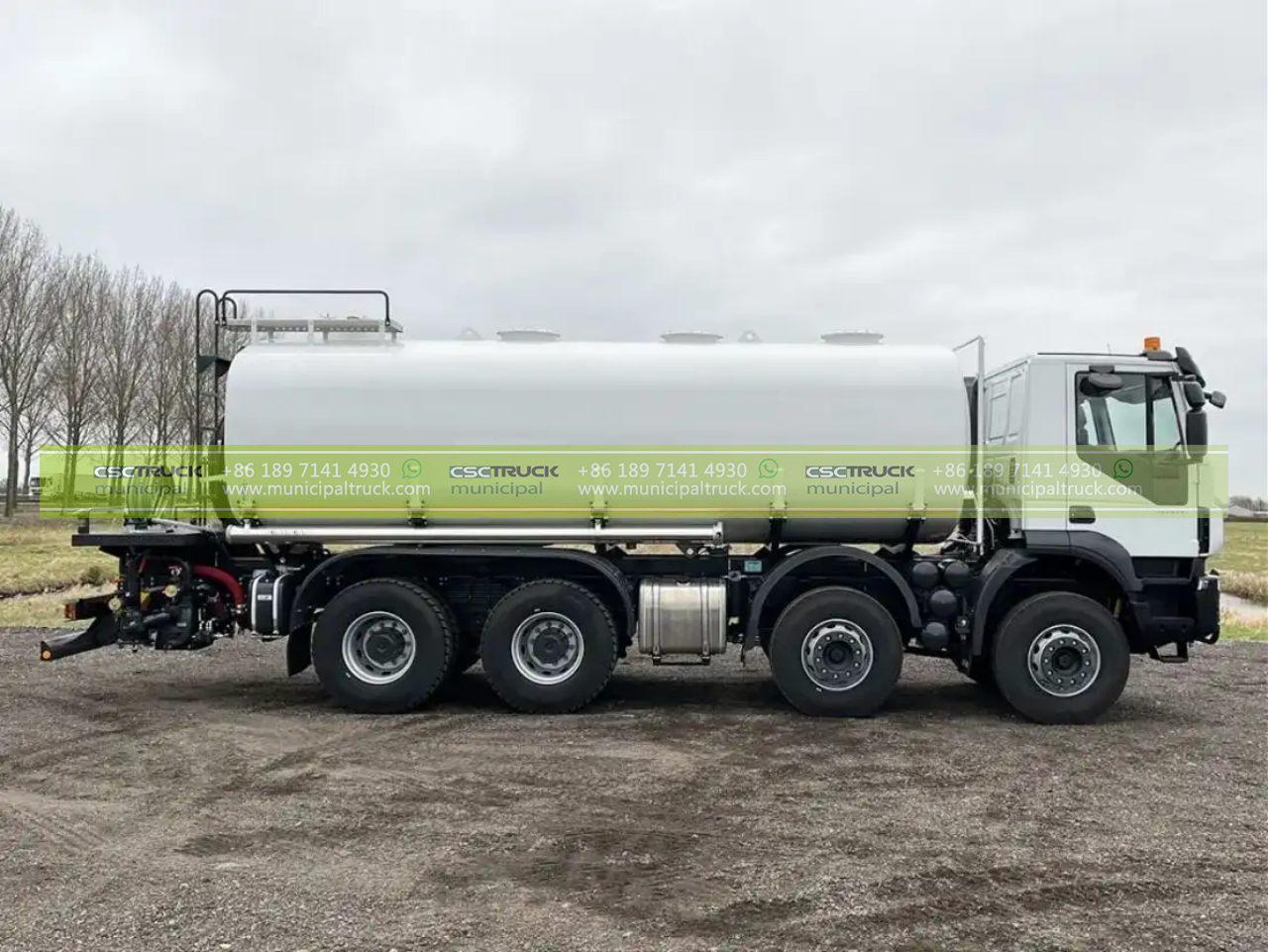
10. Post-Operation Inspection
After using the water spray truck, conduct another inspection to ensure that all components are in good condition. Address any issues promptly to ensure the vehicle’s readiness for the next operation.
Safety Considerations
Using a water spray truck requires strict adherence to safety protocols. Here are some important safety considerations:
– Personal Protective Equipment: Always wear appropriate personal protective equipment, including gloves, safety glasses, and, in some cases, respiratory protection.
– Traffic Safety: If operating the truck on public roads, obey traffic laws and ensure the vehicle is properly marked with warning signs and lights.
– Fire Safety: When using the water spray truck for fire suppression, be aware of the risks and have a fire extinguisher on hand.
– Environmental Impact: Be mindful of the environmental impact of water usage. Do not waste water, and avoid spraying in environmentally sensitive areas.
– Emergency Procedures: Familiarize yourself with emergency shutdown procedures in case of equipment malfunction.
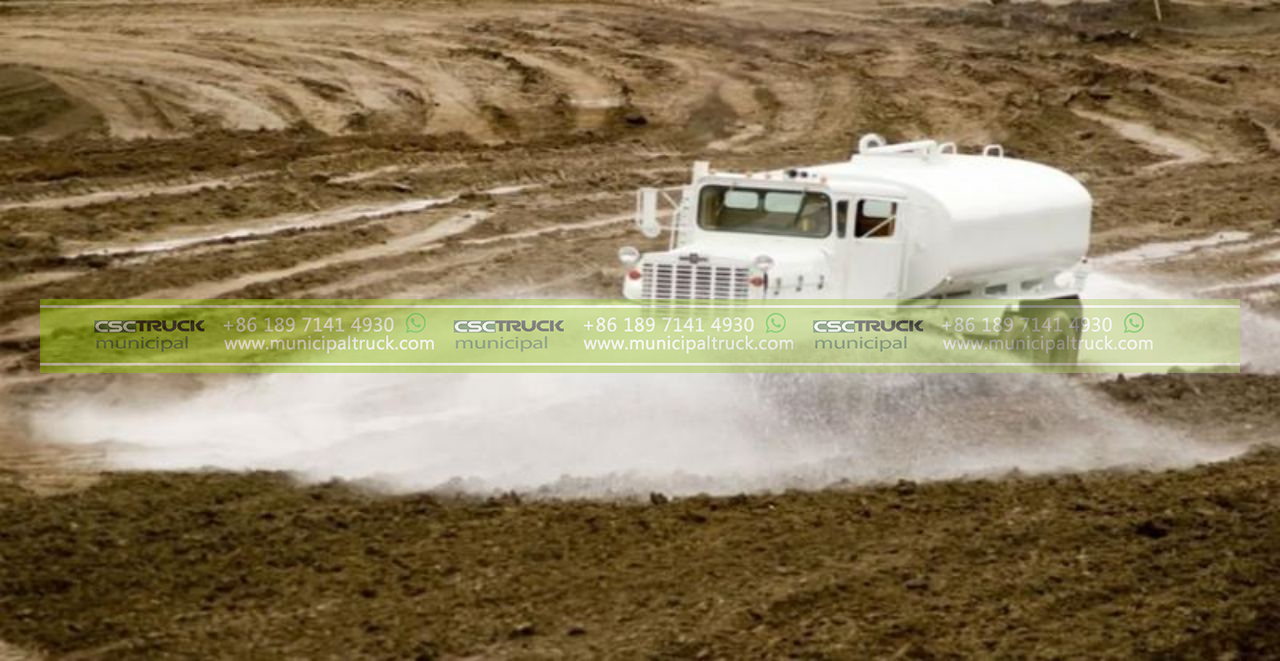
Conclusion
Water spray trucks are invaluable vehicles in various industries and applications, from construction to firefighting and agriculture. Operating these vehicles safely and effectively requires careful attention to pre-inspection, proper filling, engine startup, flow rate adjustment, and application techniques. Always prioritize safety and environmental considerations while operating a water spray truck, and follow manufacturer guidelines for maintenance and operation. With the right training and adherence to best practices, these versatile vehicles can be powerful tools for enhancing safety and efficiency in a wide range of situations.
Contact us for this municipal truck or similar trucks: [email protected] Call us or What's APP us: +86 189 4292 3930
